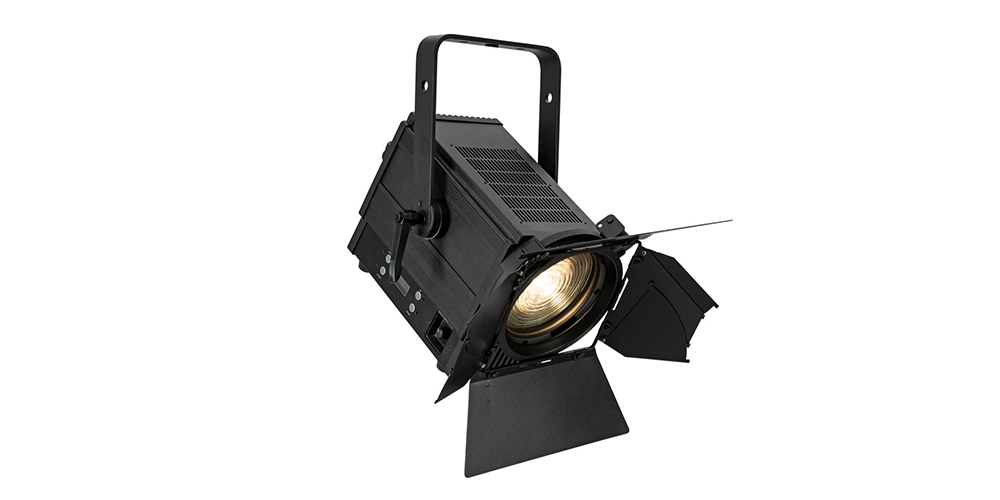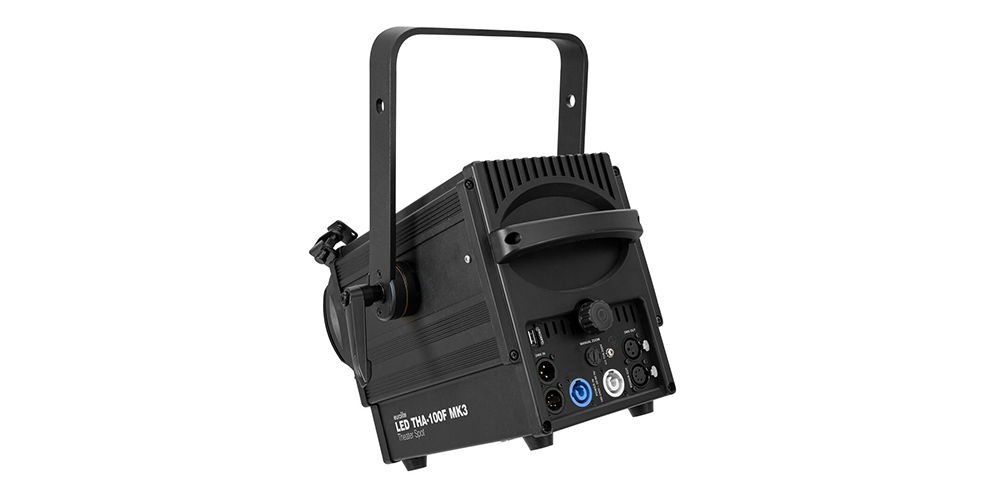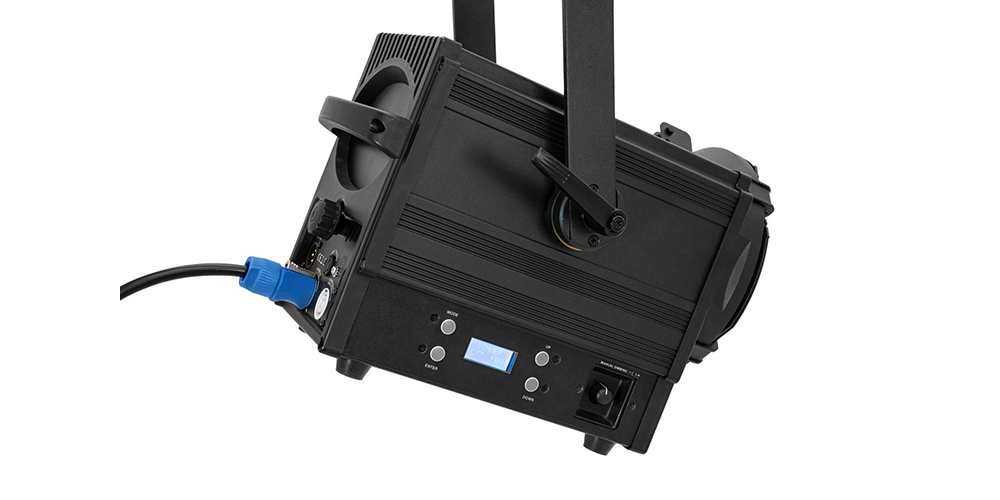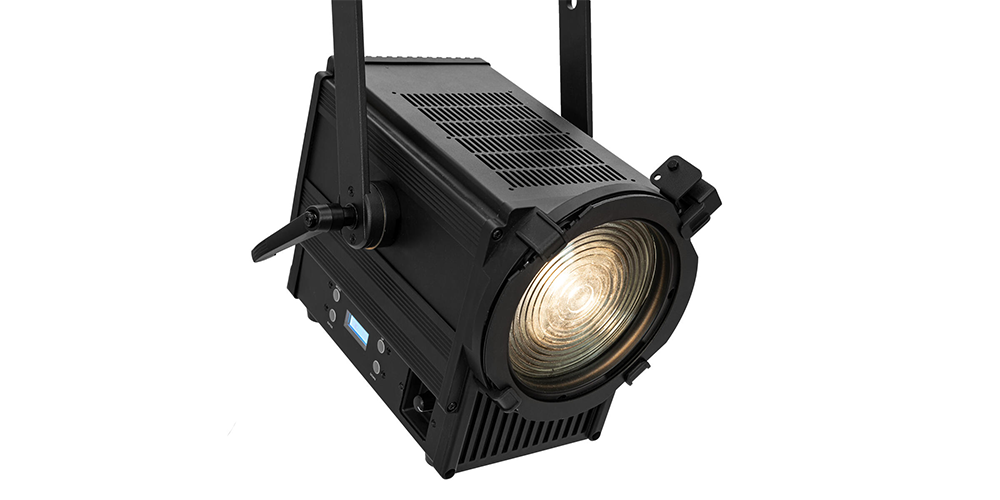EUROLITE LED THA-100F MK3
The THA 100F was one of the first models from Eurolite to be launched with LED fresnel lenses in 2013. With the MK3 version, Eurolite now brings a "modernized" version to the market.
Compared to the previous variants, some things have changed: In the first place, the so-called color rendering index. This indicates how naturally the white light reproduces the colors of the illuminated objects and thus says something about the quality of the light.
The classic THA 100F had a value of 76 here - more was not possible with LEDs at that time. The MK2 version came as an update of the spotlight and achieved an already very good value of 94. The MK3 version now even achieves an excellent value of 96.
Brighter, Farther, Quieter
Another advancement: The LED used now not only has a better white to offer, but it is also significantly more effective. For example, the brightness has doubled compared to the previous version.
The spotlight has also been given a slightly larger and more robust housing, the bracket and its screws have become more stable and the spotlight can now also be dimmed via a rotary potentiometer directly on the housing. Due to the extra space gained in this way, the zoom range has also been extended to 8° to 55°. The zoom is adjusted via a large rotary control in the rear headlight area, which drives a worm gear.
The larger housing has another decisive advantage: the cooling of the LED is more effective. This has made the spotlight even quieter, so that it can also be used in very noise-sensitive environments. For film and TV productions, it is interesting that the frequency of the pulse width modulation can also be increased from 1200Hz in several steps up to 25,000Hz.
Various dimmer curves and switchable simulations of the dimming behavior of a halogen lamp leave nothing to be desired. Also, the connections were generously planned; three-pole and five-pole DMX sockets, as well as P-Con input and output for the current, are found in the spotlight. And the use of wireless DMX is also quite simple: The spotlight has a USB socket in which a corresponding receiver can be plugged in either for QuickDMX or Wireless Solution/Lumen Radio systems.




